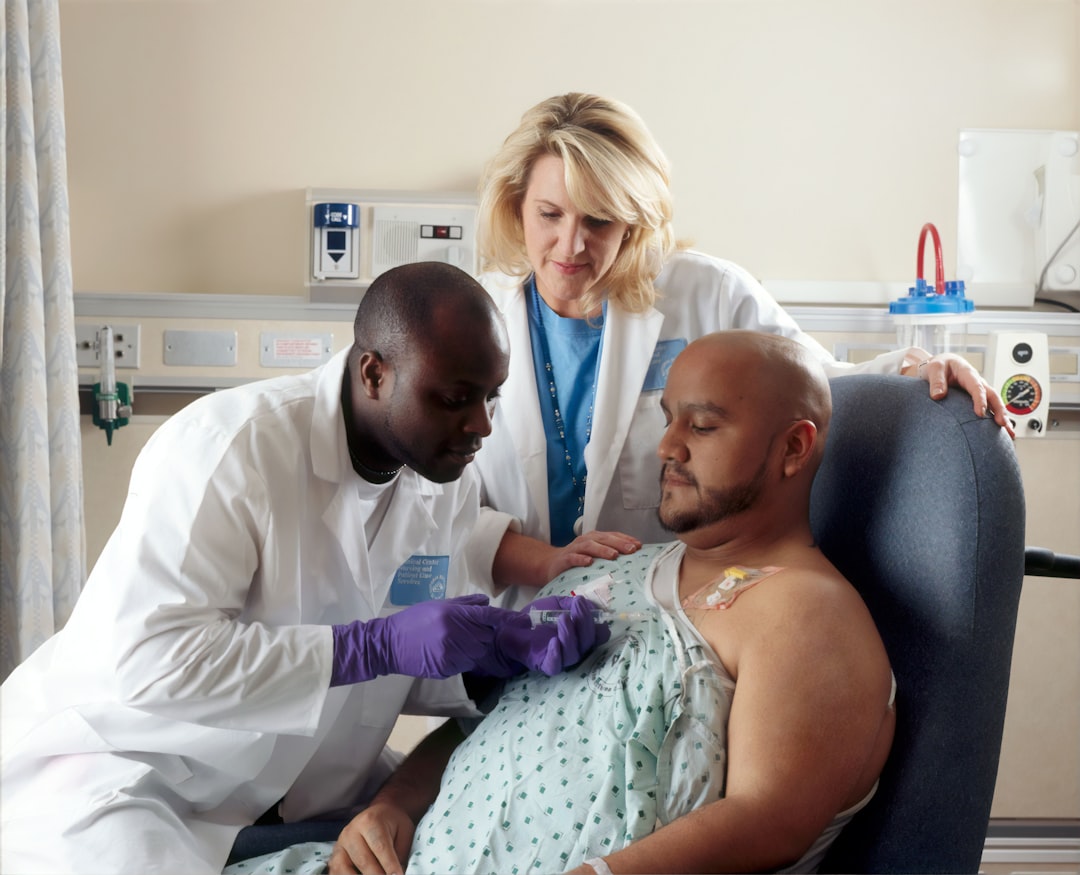What is it about?
Proove Opioid Risk (POR) profile is a precision medicine algorithm that helps predict risk for aberrant behavior to opioid abuse, commonly classified as opioid use disorder (OUD). This study demonstrates that this algorithm correctly stratifies patients into low-, moderate-, and high-risk categories to appropriately identify patients at need for additional guidance, monitoring, or treatment changes.
Featured Image
Why is it important?
Opioid abuse in chronic pain patients is a major public health issue, with rapidly increasing addiction rates and deaths from unintentional overdose more than quadrupling since 1999. Current approaches are failing to slow the epidemic. Prescription opioid related overdoses killed 128,000 people in the United States between 1999 and 2014. Furthermore, the Department of Health and Human Services estimates that opioid abuse, misuse or dependence plagued over 1.9 million people in 2013 alone. In addition to the significant human costs, opioid abuse and dependence results in enormous healthcare costs. In 2012 alone, hospitalizations for opioid abuse and dependence resulted in nearly $15 billion in inpatient charges. If that figure is extended to associated infections, the costs increase $700 million. According to the American Society of Addiction Medicine, about half of substance abuse is due to genetic factors. By using technology to evaluate genetic and non-genetic risk factors, precision medicine can help avoid opioid use disorder in higher risk patients and guide appropriate opioid utilization with standard precautions in low-risk populations.
Read the Original
This page is a summary of: Observational study to calculate addictive risk to opioids: a validation study of a predictive algorithm to evaluate opioid use disorder, Pharmacogenomics and Personalized Medicine, May 2017, Dove Medical Press,
DOI: 10.2147/pgpm.s123376.
You can read the full text:
Contributors
The following have contributed to this page










